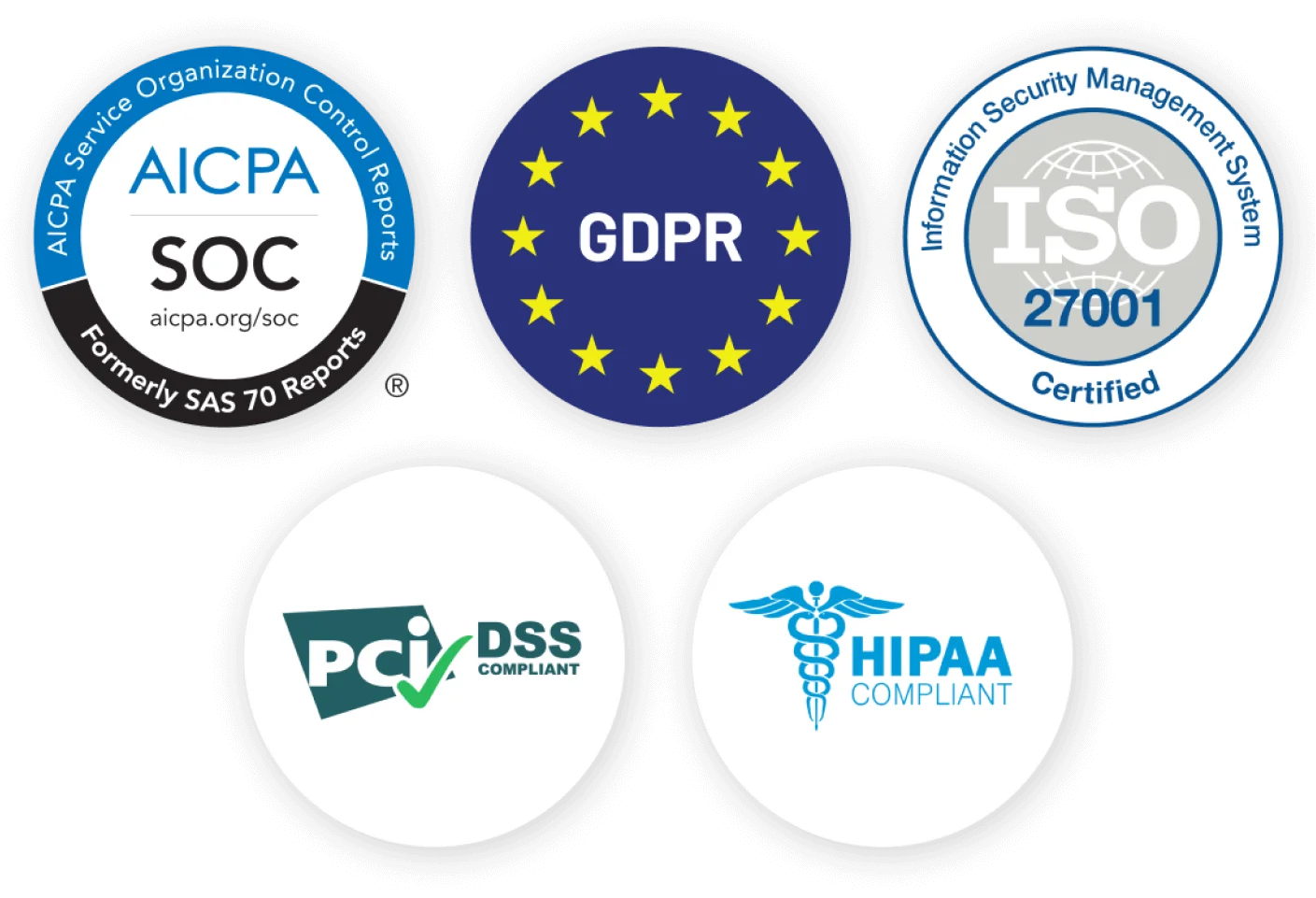
Attending Trademark Opposition Hearing raised by a Examiner
Features
- Super Fast Service
- Affordable Price
Let’s Get Started
Trademark Opposition
Once the registry accepts a trademark application, it undergoes a crucial step – publication in the government journal for four months. During this phase, any general public member can raise Opposition against the trademark. This stage holds significant importance in determining whether the trademark can proceed toward registration or if valid objections need to be addressed. FintechFilings stands ready to offer expert assistance and guidance to navigate the?trademark opposition process, ensuring a seamless and effective resolution.
Trademark Opposition
Under the Trademarks Act of 1999, trademarks can be registered in India. To do this, trademark owners must submit their application to the Registrar of Trademarks. Once the Registrar reviews the application, they will publicize the trademark in the official trademark journal. Any individual can challenge the registration of a trademark once it’s listed in the Trademark Journal. Such challenges or oppositions should be directed to the Trademark Registry, where the original application was made. Should any opposition arise, the trademark registry will hold a hearing to resolve the issue.
The procedures and guidelines for trademark opposition are outlined in the Trademarks Act, 1999 and the Trade Marks Rules, 2017.*
Initiation of Trademark Opposition -Eligibility
Grounds For Trademark Opposition
The Indian trademark law does not provide any specific grounds of opposition. There are various reasons a trademark opposition may be opposed mentioned below:
Trademark Opposition Procedure
The process of trademark opposition is as follows:
Initiating a Trademark Opposition
Suppose an individual wishes to oppose a trademark. In that case, they can submit their concerns to the Registrar within four months from the date the registration application was advertised in the trademark journal. This is done using Form TM-O, accompanied by the necessary fee.
This opposition notice should detail the trademark registration application, information about the opposing party, and the reasons for Opposition. Within three months of receiving this, the Registrar will forward the applicant a copy of the opposition notice.
Stage One: Responding with a Counter statement
Upon receiving the opposition notice, the applicant has a two-month window to submit a counterstatement using Form TM-O. This statement should clarify their stance. The Registrar will provide the opposing party with the applicant’s counter statement within two months.
If the applicant doesn’t respond within the specified two months, their trademark registration application is deemed abandoned, halting the registration process.
Stage two:Presenting Evidence in the Opposition Process
The party opposing the trademark must present Evidence backing their Opposition to the Registrar within two months of receiving the applicant’s counterstatement. This Evidence should also be shared with the applicant.
Subsequently, the applicant has two months to submit Evidence supporting their application after receiving the opposition evidence. This Evidence must be shared with both the Registrar and the opposing party.
Optional Stage Three: If needed, the opposing party has another month to submit further Evidence after receiving the applicant’s Evidence. This, too, must be shared with the applicant and the Registrar.
Hearing & Determining the Outcome of the Opposition
The Registrar schedules a hearing after the evidence exchange, notifying both parties. Should the opposing party be absent, their Opposition is dismissed, leading to the trademark’s registration. Conversely, if the applicant is absent, their application is considered abandoned and is dismissed. All written arguments provided by both sides will be taken into account.
Post deliberation, the Registrar determines whether to register the trademark or dismiss the application. This decision is then communicated in writing to both parties at their specified addresses.
Conclusion & Final Steps in the Trademark Opposition Procedure
If the Registrar rules in favor of the applicant, the trademark gets registered, and a certificate is issued. However, the trademark registration application is denied if the decision is in the opposing party’s favor.
Importance of Compliance with Filing Requirements
Both the applicant and the opposing party must adhere to filing requirements during the opposition process, as failure to do so can have serious consequences:
Significance of Trademark Opposition in India
The trademark opposition procedure in India ensures that only deserving trademarks are granted registration. It facilitates public participation and prevents conflicting trademarks from coexisting in the market. Timely adherence to timelines and filing requirements is crucial for effective case presentation.
If you’re facing trademark opposition or considering opposing a trademark, consult FintechFilings for expert guidance and support throughout the process.
FintechFilings: Your Partner in Trademark Opposition
FintechFilings offers comprehensive assistance in the trademark opposition process in India: Expert Guidance: Our experienced professionals, well-versed in trademark laws, provide expert guidance and advice throughout the opposition process, ensuring a well-founded and effective opposition.
By choosing FintechFilings, individuals and businesses can navigate the?trademark opposition process efficiently, increasing the likelihood of successfully protecting their valuable trademark rights in India. Trust FintechFilings to be your reliable and trusted partner for all trademark-related matters, including trademark search, trademark registration, trademark objections, trademark renewal, and more.
Difference between Trademark Objection and Trademark Opposition
People often get confused between trademark objection and trademark opposition. We have a table to explain the fundamental difference between the trademark objection and trademark opposition.
| Trademark Objection | Trademark Opposition |
|---|---|
| A Trademark Examiner issues trademark objection. | A trademark gets opposition from a third party. |
| One does not need to pay fees. | Fees are required to be submitted along with the reply to the opposition. |
| A reply should be submitted within one month. | A reply should be submitted within three months(which may exceed not more than one month) |
| Trademark objection is a part of the registration process. | A trademark opposition is a different process. |
| If there is no response from the applicant, it leads to the removal of the trademark. | Similar is the case with trademark opposition; no response will lead to the removal of the trademark. |
| An appeal can be made after the rejection. | An appeal can be made after the judgment is passed. |


